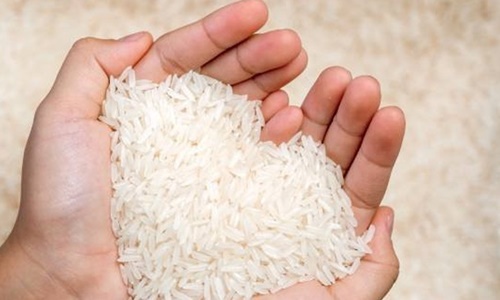MUMBAI/HANOI, REUTERS – Global rice prices fell on Monday after India, the world’s No.1 exporter of the grain, gave the go-ahead for exports to resume, boosting global supply and helping poor Asian and African buyers secure more affordable supplies, exporters said.
India on Saturday allowed exports of non-basmati white rice. That came a day after New Delhi cut export duty on parboiled rice to 10%, buoyed by a new crop in the offing and higher inventories in state warehouses.
“Suppliers from Thailand, Vietnam, and Pakistan are responding to India’s move by lowering their export prices,” said Himanshu Agarwal, executive director at Satyam Balajee, a leading rice exporter. “Everyone’s trying to stay competitive to hold their spot in the market.”
Global rice prices soared to their highest level in over 15 years following India’s decision last year to ban the export of white rice and impose a 20% duty on parboiled rice exports.
Last year’s export curbs imposed by India allowed competing suppliers like Vietnam, Thailand, Pakistan, and Myanmar to increase their market share and command higher prices in the global market.
On Monday, India’s 5% broken parboiled variety was quoted at $500-$510 per metric ton, down from the last week’s $530-$536. Indian 5% broken white rice was offered around $490.
Exporters in Vietnam, Pakistan, Thailand and Myanmar also lowered prices by at least $10 per ton on Monday, dealers said.
The Philippines, Nigeria, Iraq, Senegal, Indonesia, and Malaysia are among the key importers of Asian rice.
Buyers and sellers are evaluating the potential impact of increased Indian rice supplies and accordingly prices would settle this week, said Nitin Gupta, senior vice president of Olam Agri India.
India accounted for more than 40% of the world’s rice exports in 2022, a record 22.2 million metric tons out of a total 55.4 million metric tons of global trade.
Thai rice prices were quoted at $540-$550 on Monday, down from last week’s $550 to $560 per ton.
Thailand’s rice export prices could decrease due to increased supplies in the market, but the extent of the decline would depend on several factors, including the appreciating Thai currency, said Chukiat Opaswong, honorary president of the Thai Rice Exporters Association. Rice prices have started to correct, even in Vietnam, but traders caution that the full impact of Indian supplies has yet to be seen.
“(Vietnamese) exporters should stay calm and avoid reducing prices to secure contracts,” said Truong Tan Tai, chief executive of Vinarice Co., a rice exporter.







